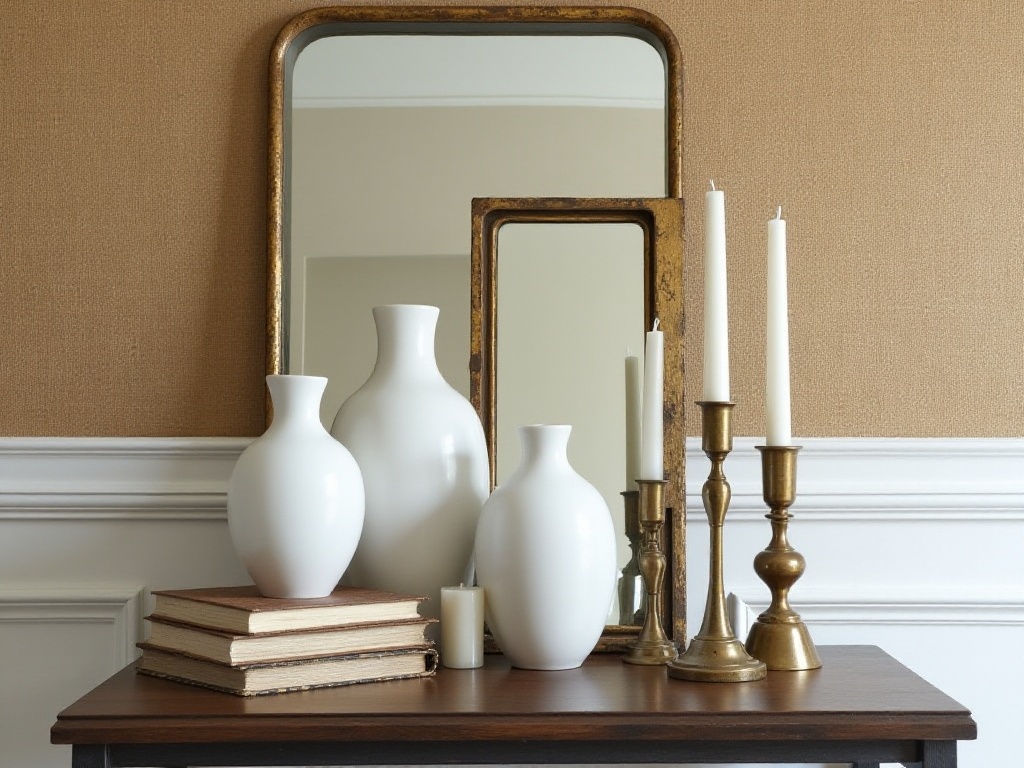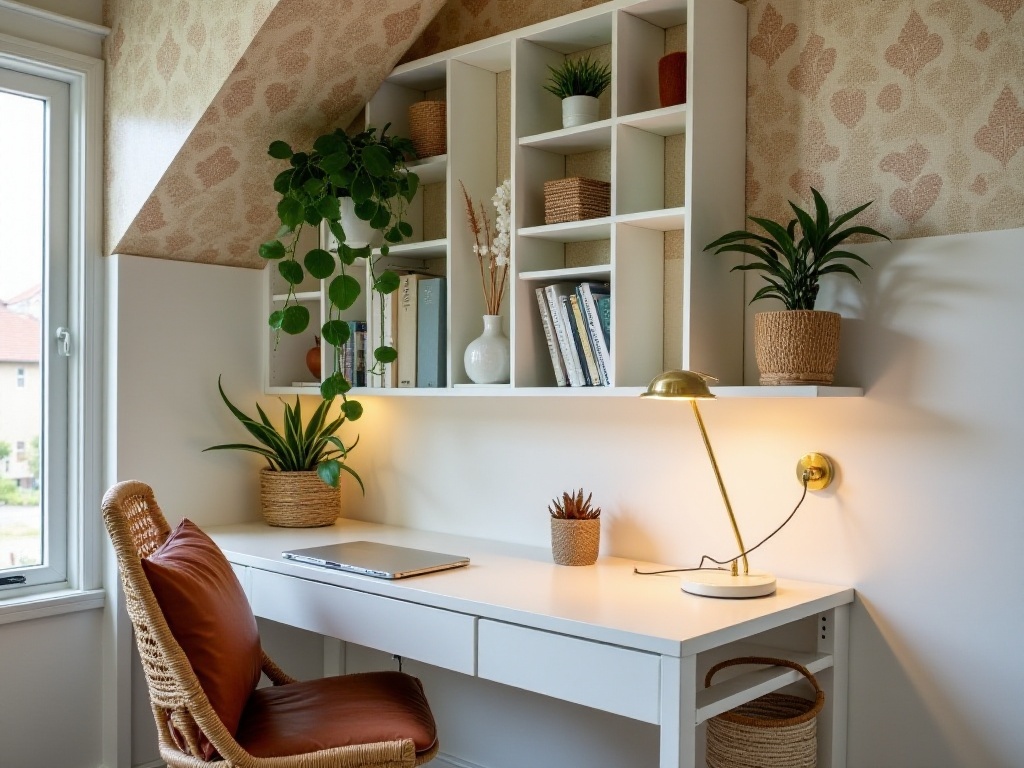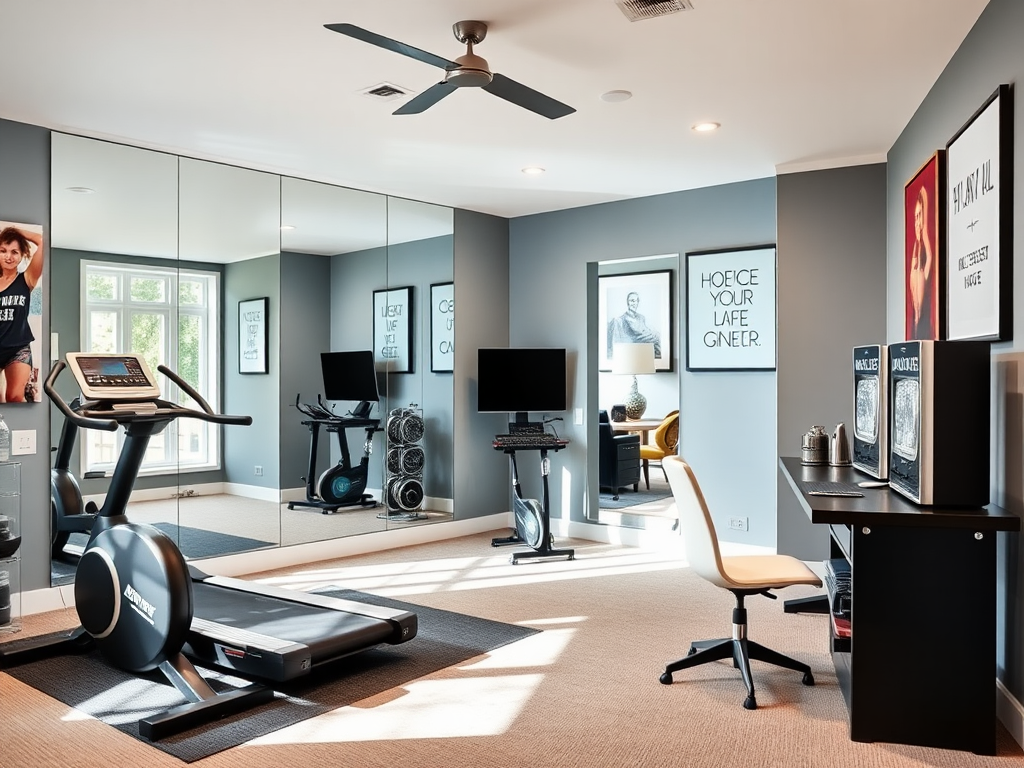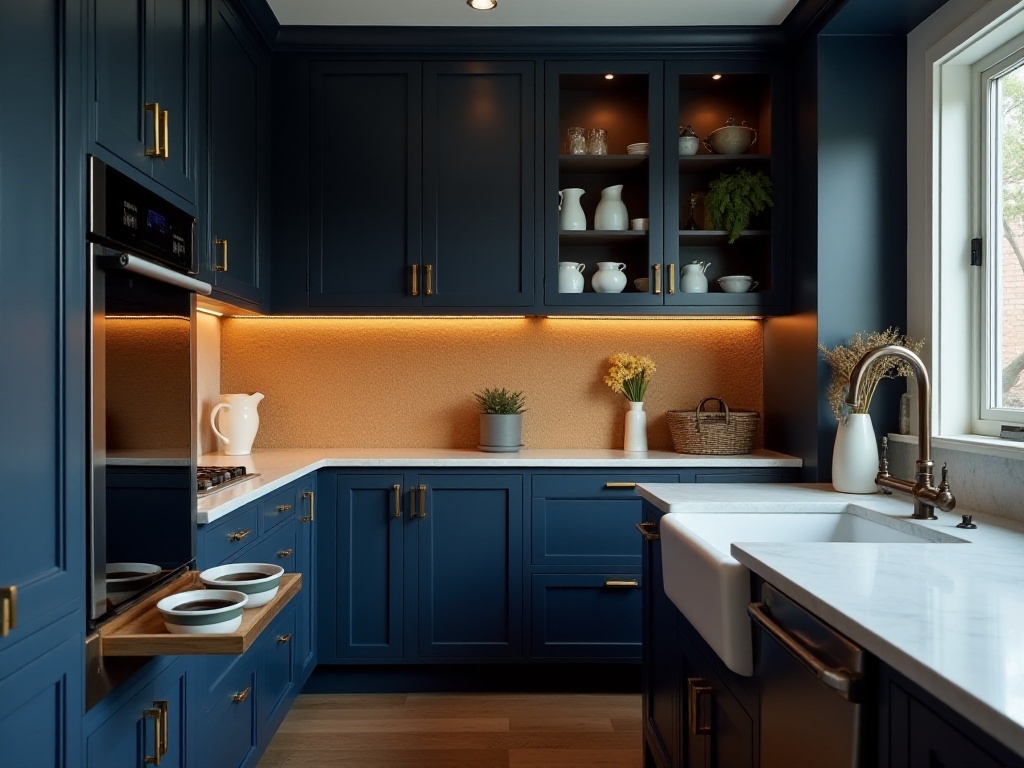Introduction
Recently, my friend Mei moved into a new apartment. Although it's only 60 square meters, it has everything she needs, with a two-bedroom, one-living room layout that perfectly meets her basic requirements. However, after a month of living there, she started frantically complaining on social media about her room being constantly messy, not knowing where her clothes were, having cosmetics scattered all over the table, and being driven crazy by courier boxes and packaging bags.
This problem doesn't just trouble Mei; it affects many young people like myself. I remember when I first started working and lived in a 12-square-meter single room. Back then, I would stuff things wherever I could find space, and the room was never fully organized. After years of learning from Bilibili and Xiaohongshu, combined with continuous exploration and practice, I finally developed a set of practical techniques that both enhance aesthetics and solve storage problems. Today, I want to share these details with everyone, hoping to help you create an ideal living space that is both beautiful and practical.
Color Secrets
First impressions of a space often come from color. When I first started studying interior design, I was overwhelmed by various color schemes. Terms like Morandi color palette and sophisticated gray, all these professional terms gave me a headache. Later, I learned from a designer blogger that you can easily create stunning spatial effects by mastering a few simple principles.
The most basic principle is the 60-30-10 rule. Choose a main color that occupies 60% of the space, then pair it with a secondary color for 30%, and finally use an accent color for 10%. This creates a space that looks both unified and layered. In my home, I used warm beige as the main color, applying it to walls and large furniture pieces, creating a particularly cozy feel. Dark blue serves as the secondary color on curtains and the sofa, giving it an elegant look. Finally, I used warm gray as an accent in throw pillows and decorative paintings, making the space neither too dull nor cluttered.
When choosing specific color codes, I have a particularly useful tip. When buying paint, always get small test cans first to try on the wall. The same color can look completely different under different lighting conditions. I learned this the hard way when I once fell in love with a mint green color, thinking it looked fresh, and painted an entire wall without testing. It looked fine during the day, but when I turned on the lights at night, it looked completely off - the green appeared particularly eerie, making me feel uncomfortable even while sleeping. In the end, I had to repaint, not only spending double the money but also wasting a lot of time.
Speaking of wall colors, many young people now prefer white walls, which indeed look clean and tidy. However, if all walls in a room are plain white, it can look particularly monotonous. My suggestion is to choose one wall as an accent wall, either using a different color or applying patterned wallpaper. This not only adds depth to the space but also sets the tone for the entire room. In my living room, I have one navy blue wall paired with white shelving, which looks particularly stylish.
Color selection should also consider room orientation and lighting conditions. South-facing rooms get plenty of light and can handle darker colors; north-facing rooms with less light should opt for brighter colors. My study faces north, so I specifically chose a cream yellow shade that makes the room feel warm and bright even when natural light is poor.

Space Planning
When it comes to space planning, many people's first reaction is that their room is too small, especially young people working in first-tier cities who often rent spaces of just a dozen square meters. But no matter how small the space, with proper planning, it can become both practical and comfortable. The key is learning to fully utilize every inch of space while employing visual tricks to expand the sense of space.
In my home, I've used many visual deception tricks. First, I installed a full-length mirror on the main wall of the living room, which instantly doubled the sense of space. I specifically placed the mirror opposite the window, not only reflecting natural light into every corner of the room, making the entire space brighter, but also creating a visual effect of space extension.
Last year, I attended an interior design exhibition and discovered that modern furniture design focuses heavily on space utilization efficiency, with many pieces moving towards multi-functionality. For example, the coffee table I recently found looks like an ordinary coffee table but can be raised to serve as a dining table, with huge storage space underneath - it's perfect for small apartments. According to home furnishing industry data, such multi-functional furniture can help us save about 30% in space utilization.
I also have some insights about furniture arrangement. First is traffic flow planning, ensuring daily activity routes remain unobstructed. In my home, I've maintained at least 80 centimeters of pathway width from the entrance to the living room and from the living room to the bedroom, making it comfortable whether carrying bags home or cleaning. Second is paying attention to furniture proportions - large furniture in small spaces can feel oppressive. When choosing furniture, I always simulate the size with cardboard boxes first to see how it looks before deciding to buy.
For those who rent, there might be many restrictions on space modifications. However, we can still optimize space through some tricks. For example, using screens or curtains for space division doesn't damage the housing structure but meets functional needs. In my previous single room, I used a simple folding screen to separate the sleeping area from the work area. Although the space didn't get bigger, the comfort level improved significantly.
Wall space is also important - don't cover walls completely just to utilize space. Appropriate blank space can make a room feel more open. On my TV wall, I only hung a TV and one painting, leaving the rest blank, which looks particularly refreshing.
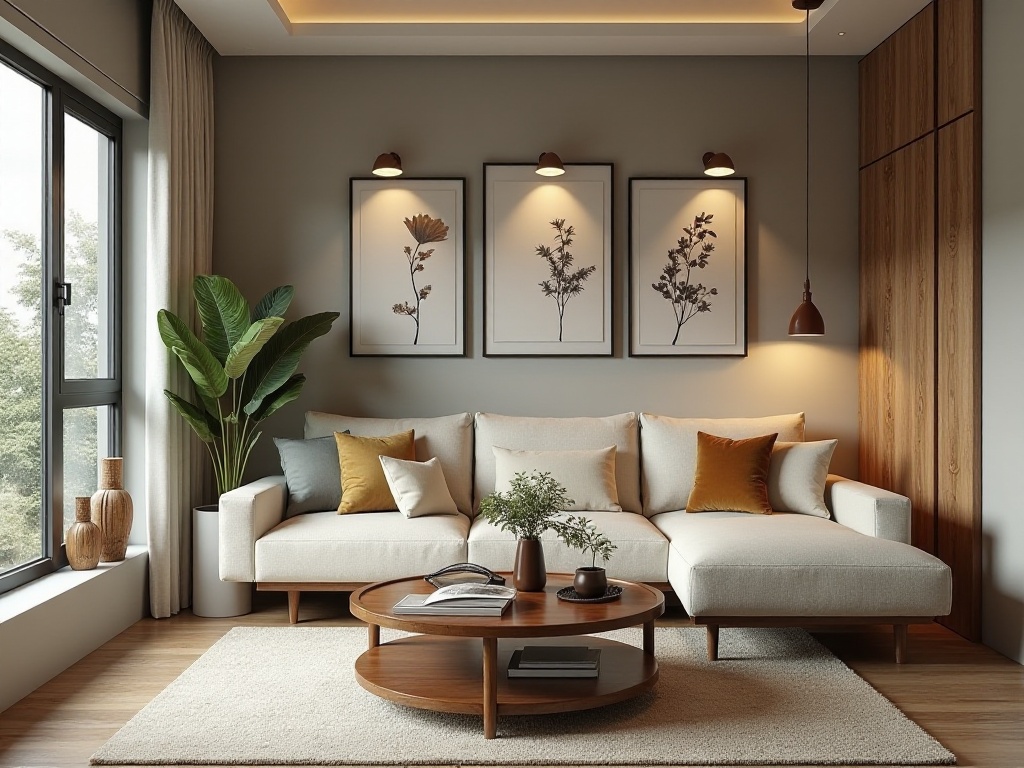
Storage Tips
Storage is truly an unavoidable topic for every young person. According to a survey by a home furnishing platform, over 60% of young people worry about storage issues. Especially for those of us with strong shopping desires, we always end up with more stuff than anticipated.
After years of exploration, I've found that the most important point is to plan a fixed storage location for everything in your home. It's like giving each item its own home. For example, I set up a simple storage system at the entrance - a three-tier shelf where the first level is specifically for small items needed when going out like keys and masks, the second level for frequently used items like chargers and headphones that aren't carried around, and the third level for less frequently used items. This way, when you come home, everything has its place, and when you go out, you can quickly find what you need.
Vertical space utilization is also particularly important. Many people only focus on horizontal surface storage, but wall space is also a treasure. I installed several floating shelves on the wall, which can both display decorative items and solve storage problems. However, there are several details to note when installing shelves: first, the distance between shelves should be appropriate - based on my experience, maintain at least 25 centimeters of spacing so nothing looks cramped. Second is the weight-bearing issue - always choose reliable expansion screws to prevent items from falling.
Clothing storage is one of the most headache-inducing problems. I now use a seasonal classification method for storing clothes. Current season clothes are kept in easily accessible positions in the wardrobe. Off-season clothes are stored in vacuum compression bags and placed in under-bed storage boxes. This not only saves space but also prevents clothes from getting damp and moldy.
Speaking of wardrobe storage, I want to share an ultimate weapon - storage boxes. There are many specialized wardrobe storage boxes available now that can divide wardrobe space into several small compartments. I categorize clothes by type: tops, pants, underwear, and socks each have their own compartment. This not only looks neat but also makes finding things particularly convenient.
Cosmetics storage is also a big issue. I've seen too many people just pile their cosmetics on the table, not only looking messy but also taking up too much space. My solution is to use transparent acrylic storage boxes, categorized by frequency of use and function. Daily skincare products and base makeup are placed in the most accessible positions, while some color cosmetics and less frequently used skincare products are placed in the back. Transparent storage boxes not only look neat but also allow you to see what's inside at a glance.
Small item storage is also important. I placed small storage boxes in various corners of my home, specifically for things that might be needed at hand. For example, a box near the sofa for remotes, one by the bed for charging cables, and one on the desk for stationery. This not only prevents these small items from being scattered everywhere but also makes the space look more organized.
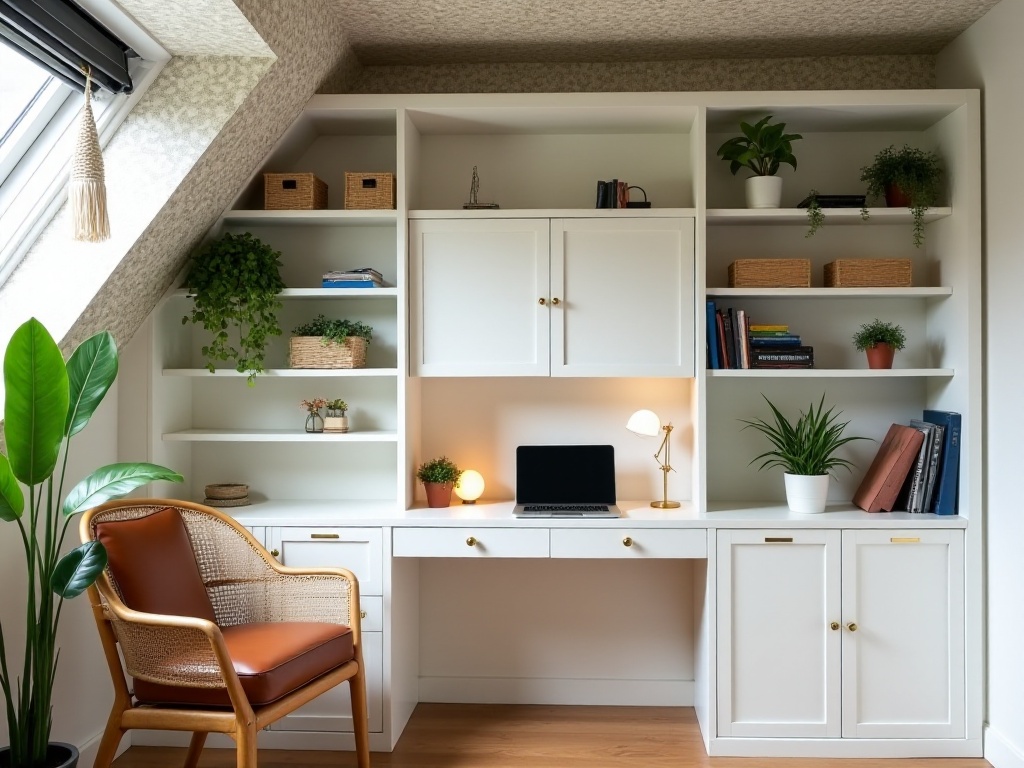
Soft Furnishings
If hard furnishings are the skeleton of a space, then soft furnishings are its soul. Appropriate soft furnishing combinations can instantly upgrade your room. And compared to hard furnishings, soft furnishings are easier to adjust and replace, making them perfect for us renters.
Curtain selection is crucial. I chose linen curtains that not only feel good but also make sunlight softer. According to an interior designer I know, choosing curtain fabric with good draping qualities can make a space appear more elegant and sophisticated. The installation height of curtains is also important - it's best to install them 10 centimeters from the ceiling, which can visually increase room height.
Rug usage is also important. I placed a geometric pattern rug in the living room, instantly adding layers to the entire space. There are several key points to note when choosing a rug: first is size - the rug should cover at least 2/3 of the sofa area for proper proportion. Second is pattern selection - if the furniture is relatively simple, you can choose rugs with design elements to add interest; if the furniture is already ornate, it's better to choose solid colors or simple textures.
Throw pillows are the easiest soft furnishing items to change the atmosphere of a space. I placed several throw pillows of different textures and patterns on my sofa, which are both practical and add layering to the space. There's a small trick when choosing throw pillows: an odd number of pillows will look more natural than an even number. Also, it's better to have pillows of varying sizes to create more visual variation.
Lighting design is also a very important aspect of soft furnishings. Besides the basic main light, I set up many ambient lights in my home. For example, I installed LED strip lights behind the TV wall, which creates great atmosphere when watching movies. Bedside and desk lamps are also dimmable, allowing different brightness levels for different scenarios.
Wall decoration is also key to brightening up a space. I hung several minimalist decorative paintings on my walls, along with some niche art pieces. When choosing decorative paintings, make sure they match the overall style of the space. For example, since my home has a modern minimalist style, I chose paintings with simple lines and bright colors.
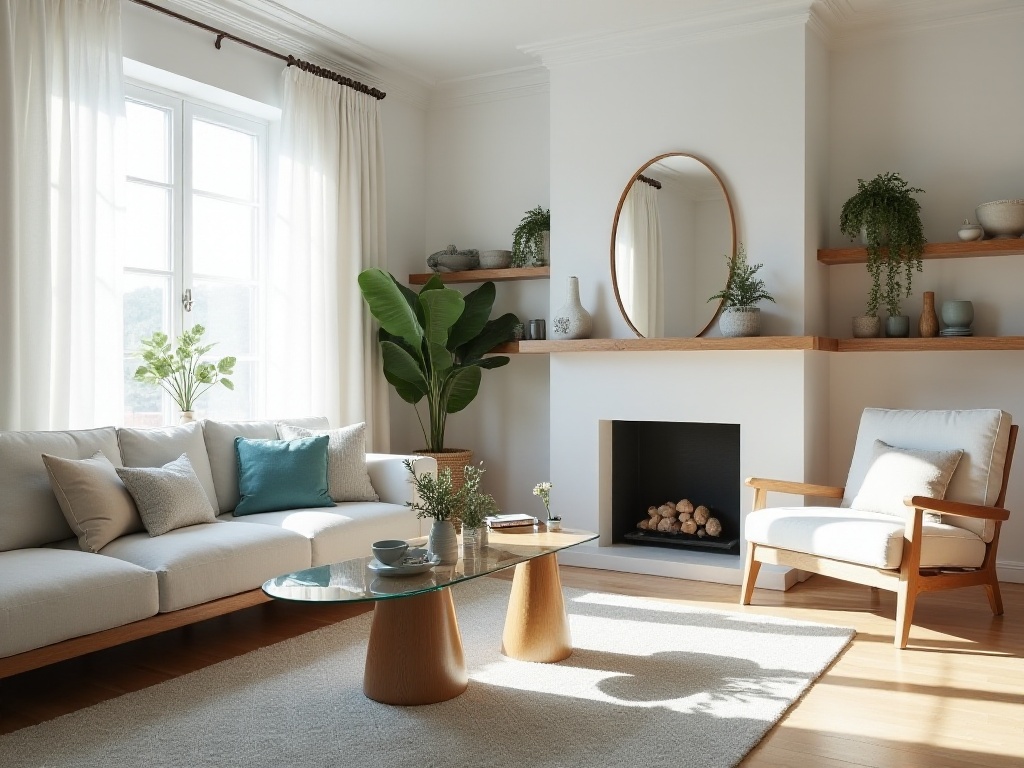
Budget-Friendly Renovation
Renovation often seems expensive, but with the right methods, budget-friendly renovation can still look high-end. This is especially important for young people like us who have just started working - we have limited budgets but high requirements for quality of life, so we need to learn how to be cost-effective.
IKEA furniture can be transformed to look unique through simple modifications. My bookshelf is IKEA's most basic white model - after bringing it home, I repainted it myself in a cream white shade and changed to personalized brass handles, now it looks like custom furniture. Statistics show this modification method can save 40-60% on average. This type of modification is particularly suitable for renters since you can take it with you when you move.
The second-hand market is also a treasure trove. I found a vintage-style coffee table on Xianyu for just one-third of the original price. Although it had some signs of use, after simple sanding and painting, it's now become a highlight of my home. There are several tips for buying second-hand furniture: first, carefully check the seller's actual photos and ask for multiple angles; second, confirm exact dimensions, don't just rely on photos thinking it looks about right; third, choose local transactions so you can check the item in person and avoid shipping damage.
DIY decorations are also a budget-friendly and fun choice. I've tried making vases from discarded glass bottles - after applying frosted paint, they look particularly designed. Once I also made decorative art by folding old books, which looks quite artistic hanging on the wall. This kind of DIY not only saves money but also makes home decorations more personalized.
Online shopping is also a good helper for budget renovation. I often find some decorative and storage items from high value-for-money shops. However, there are several things to note when shopping online: first, check the real photos in the review section, especially other buyers' usage experiences; second, compare prices across stores, as the same item can have big price differences between stores; finally, pay attention to materials - some cheap products might use non-environmentally friendly materials, so this must be checked carefully.

Plant Decoration
Finally, let's talk about plant decoration. Indoor plants not only beautify the environment but also purify the air. According to relevant research, appropriate indoor plants can reduce indoor pollutant concentrations by over 30%. Well-maintained plants can also add vitality to a space, making your home look more lively.
When choosing indoor plants, decide based on the room's lighting conditions. My living room has floor-to-ceiling windows with good lighting, so I placed a Monstera there which grows very well. The study has relatively darker light, so I chose some shade-tolerant plants like ivy and pothos. In the bedroom, I placed a money plant - this type of plant is easy to maintain and can purify air, particularly suitable for beginners.
Plant placement is also particular. Large plants are best placed in corner spaces or near floor-to-ceiling windows, which won't block paths while achieving good decorative effects. Small potted plants can be placed on desks and coffee tables, adding vitality to work and living spaces. I also grow some herbs on my kitchen windowsill, which not only look good but can be used directly when cooking.
There are some tips for plant care. First, don't be greedy - especially when just starting to grow plants, it's best to begin with one or two pots and gradually increase after mastering maintenance requirements. Second, choose suitable pots - I recommend ceramic pots with drainage holes, which are both beautiful and practical. Finally, pay attention to watering frequency - many plants die from root rot due to overwatering.
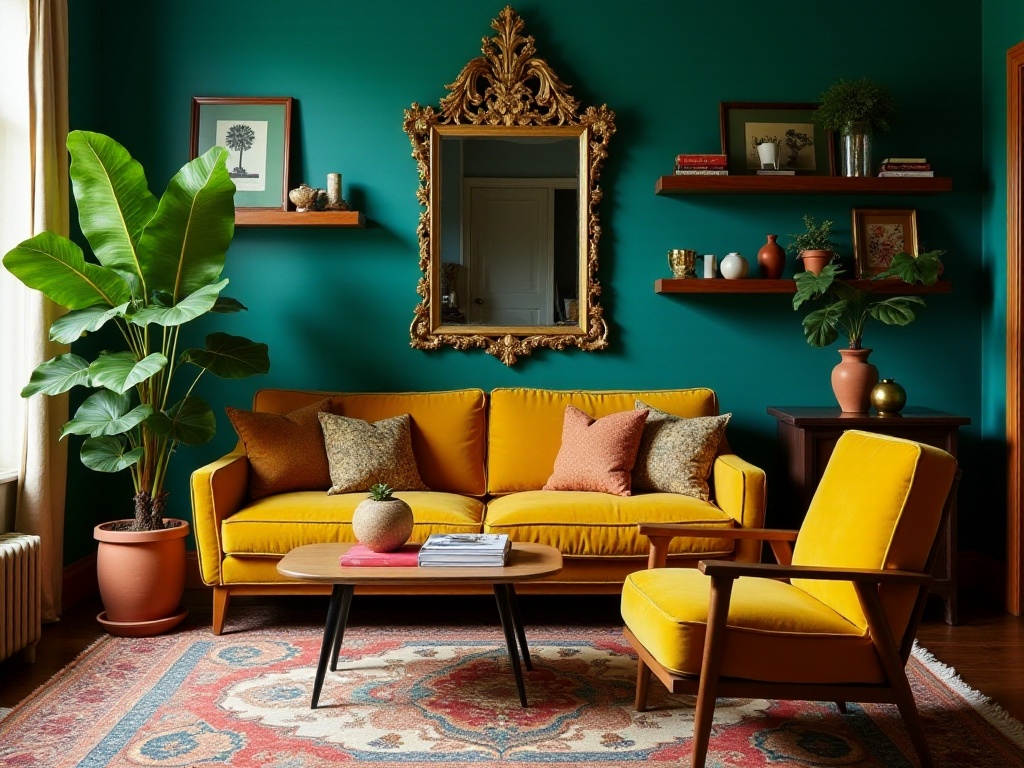
Conclusion
Creating a perfect living space is a gradual process - you don't need to rush to complete all modifications at once. You can start with the problems that trouble you most, then slowly adjust and optimize. I also started from the most basic storage, then gradually added decorations and adjusted the layout, finally achieving a home I'm satisfied with. After all, a home is for living in - the most important thing is to live comfortably and suit your lifestyle.
By the way, have you done any home improvements recently? What problems did you encounter? Welcome to share your renovation experiences in the comments section. Perhaps your experience could help other friends who are currently renovating. I'll also interact with everyone in the comments section, sharing more renovation experiences. After all, everyone has different ideas, and through exchange, we can gain more inspiration to create more perfect living spaces.




